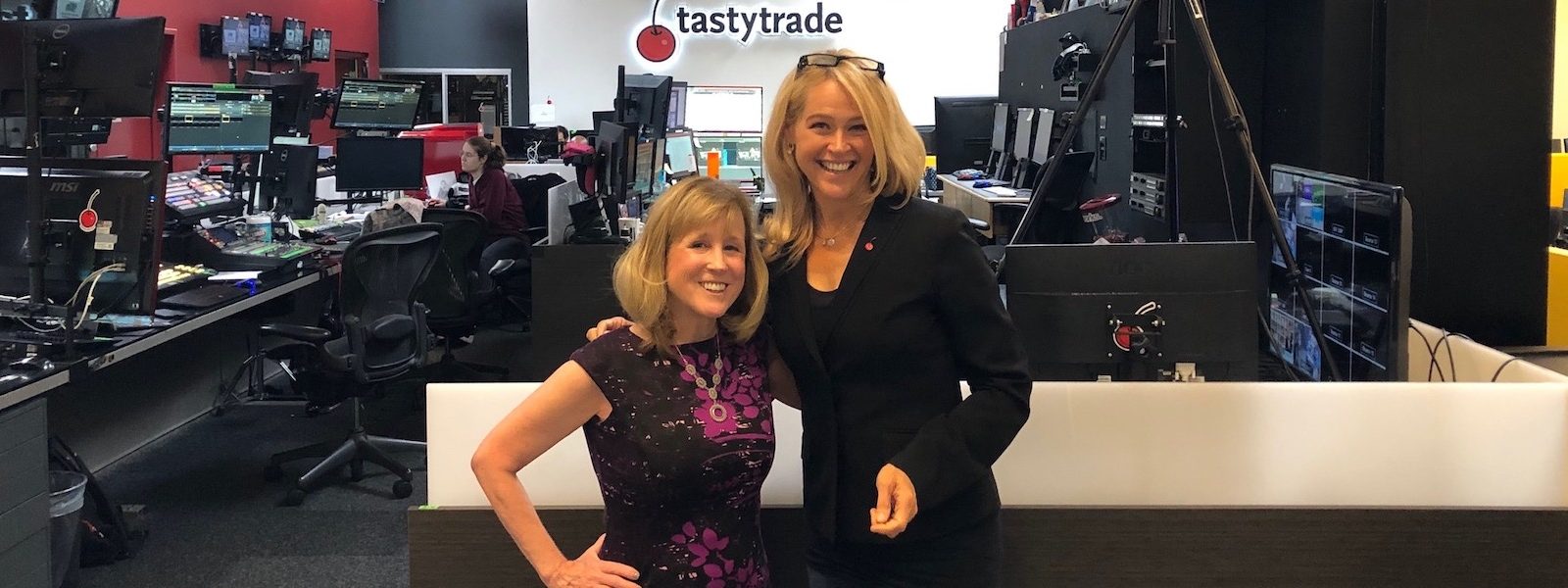
Observe Trends in the Rear-view Mirror
Developing in-demand skills needed for the future of work will benefit from looking back at a familiar technology trend and apply it to career trends.
In 2007, a shiny new object—the iPhone smartphone—surprised the world and forever changed the way we live and work.
Mesmerizing device interaction and stunning colorful screens replaced boring traditional touch-keys.
When you evolve with a trend that gradually displaces common behaviors, you scarcely remember life before that time.
Experiences like communicating to people in person or talking on the phone simply vanish over time. The handy little extension of your brain in your back pocket becomes part of you.
Ignore Signals and Trends at Your Own Peril
Companies who ignored the smartphone trend are now a shadow of their former existence. As examples, think Nokia, Motorola, or Blackberry.
And now, we are witnessing a changing of the guard in the indispensable device category.
Futurists say smartphones will be replaced by other devices. The new category includes eyeglasses that use augmented reality and smart wearables (earbuds and smartwatches) to manage the next stage of our lives.
According to futurist Amy Webb, the next generation of the Internet of Things (IoT) will evolve. It includes sensors in billions of objects and articles of clothing will impact our daily behaviors. Even more than smartphones.
Yet how do you spot trends in your industry or your workplace to prevent loss of marketshare or your own demise?
How to Spot a Business Or Technology Trend for Your Career
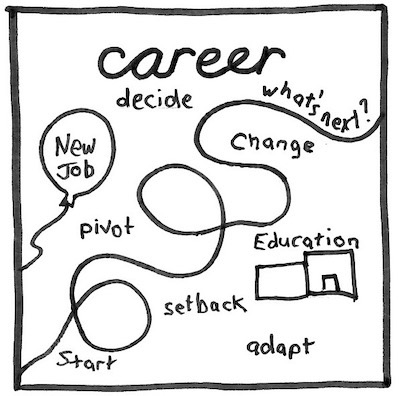
As a guest on tastytrade’s Bootstrapping in America this week, I spoke with host Kristi Ross about the opportunities for paying attention to signals and trends in the workplace. Influenced by the work of Amy Webb, we discussed the perils of ignoring these signs in a studio interview.
Organizations and individuals alike need to hone their trend observation skills. It is the first step toward taking action.
And then you must adapt to them, acting on the new developments in front of you.
To better illustrate how this works, let’s take a look at some current trends with big implications for organizations and the workforce:
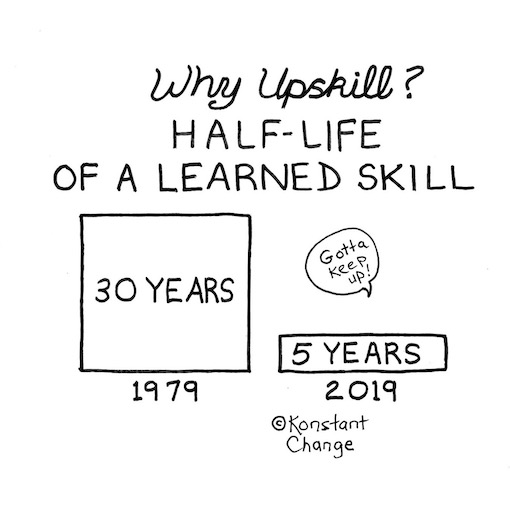
- U.S. unemployment rate is hovering at 3.7%, the lowest it has been in over 50 years. This makes it increasingly difficult for employers to attract and retain the best workers.
- Freelance and Gig economies: According to Upwork and the Freelancers Union, more than one-third of Americans participate in the freelance economy. These workers represent an extension of today’s workforce.
- Streamlined operations: Because organizations are more efficient in how they run their operations, companies hire the optimal number of employees and bring in the specialists as needed. This trend is made possible by the freelance and gig workers. Specialists include freelancers, contract workers, and consultants.
- Automation of tasks in business processes: Certain tasks are being automated. Yet there is work for jobs requiring management of these processes, creative thought, and a variety of soft skills.
- Upskilling and reskilling: New roles are needed and many of them have not yet been invented to support business growth. Continuous learning to meet skills demand is a critical part of the equation.
Workforce Agility Adapts Relevant Skills for Future of Work
Here is how one organization is responding to the above trends as automation is implemented in their operations. Amazon is offering 100,000 workers tech training.
While many of these workers are presently working in the warehouse, other staff also have access to the learning and development programs.
As the automation trend accelerates with the installation of robotics and artificial intelligence capabilities, Amazon employees will reskill and upskill. They will prepare for roles like software engineering, data analytics, and IT management.
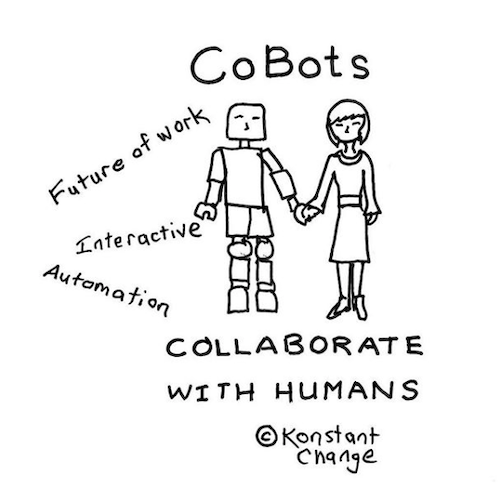
Students will learn from company-designed training at Machine Learning University, Amazon Web Services, and Amazon Technical Academy. There are options with certificates and diplomas.
These skills may be used to advance within Amazon or for another organization.
Beyond the example at Amazon, there will are hybrid roles for the cobots, where people collaborate with robots to accomplish the work.
There are numerous examples, including where surgeons currently conduct robot-assisted surgeries.
How to Develop Skills for In-Demand Jobs
In summary, here are three things you can do now to increase your value for the future of work:
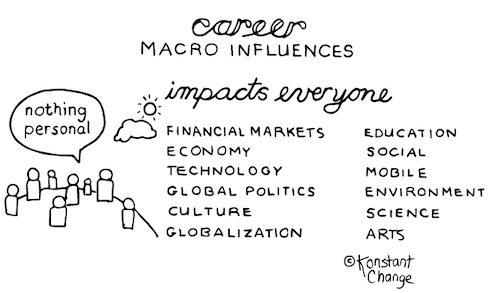
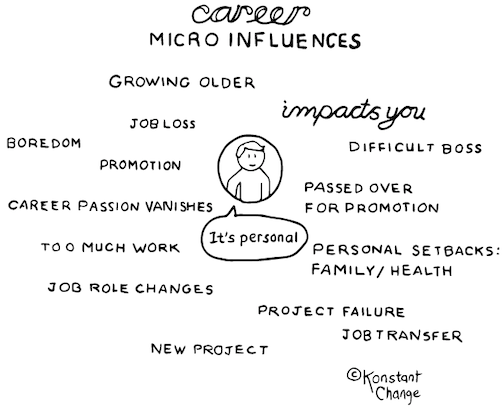
- Listen to the futurists: Signals happen before trends. The futurists monitor the signals for years prior to predicting a trend. Follow people like Amy Webb.
- Notice trends: List the macro influences like technology, industry, and financial market changes affecting your current role. List the micro influences that are affecting you such as: a difficult boss, being passed over for a promotion, too much work, loss of a job, or personal setbacks.
- Take action: Define some ideas for dealing with or optimizing this type of change. Examples and strategies can be found in the career agility model.
- Don’t do nothing.
Related posts:
Future of Work Trends That Affect Your Decisions
Three Ways to Navigate Workplace Change
Career Decisions: 10 Signs It’s Time to Respond to Change in Your Work Life
If you are interested in the future of work, career development, the workplace, personal branding, workforce trends/ideas, agility, or how to cultivate happy profitable employees, subscribe to Marti’s 52 Ideas. For more details on career agility, check it out here.
You can also check out the best-selling book on Amazon, Activate Your Agile Career: How Responding to Change Will Inspire Your Life’s Work.
